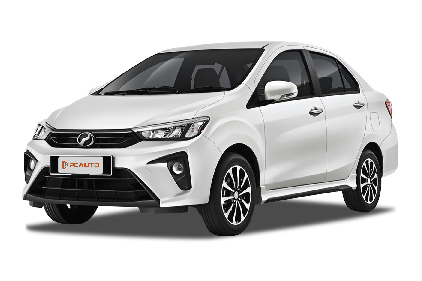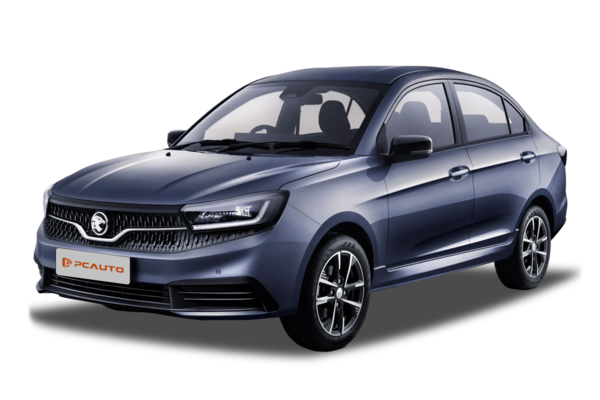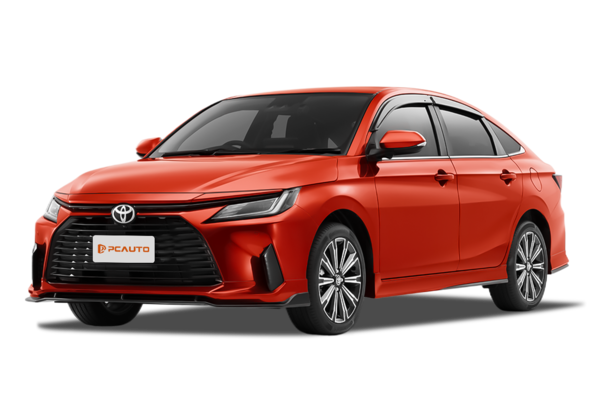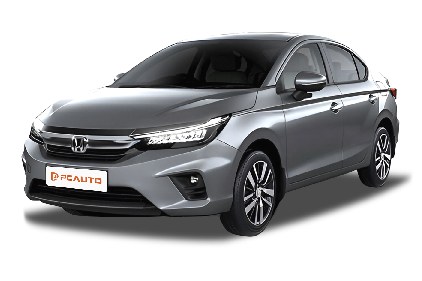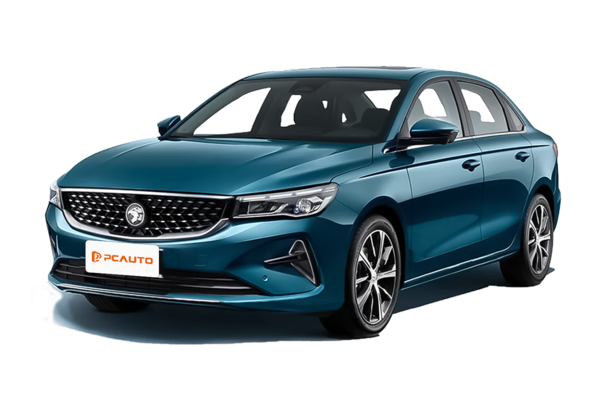

Reference Only. Update Soon
2019 Alfa Romeo Giulia Veloce Ti
No.34 in Best SedanPrice
TBC
Select a Vehicle Variant
2019 Alfa Romeo Giulia Giulia Nero Edizione TBC
Summary
Launched in 2019, the 2019 Alfa Romeo Giulia Veloce Ti is a standout - Sedan that combines practicality and performance at an attractive price of TBC. With seating for 4 passengers, it’s ideal for families or those who prioritize cabin space. Its dimensions (-mm long, -mm wide, and -mm tall) ensure a comfortable ride with ample legroom and headroom, while still being agile enough for city driving.
Under the hood, the 2019 Alfa Romeo Giulia Veloce Ti delivers a spirited drive with a top speed of -km/h, making highway cruising effortless. The generous -cc engine capacity ensures strong acceleration and fuel efficiency, striking a great balance for daily commutes and longer trips. Whether you’re looking for a spacious family car or a reliable daily driver, the 2019 Alfa Romeo Giulia Veloce Ti offers a compelling package with modern styling, solid performance, and smart value—all in one well-rounded vehicle.
Under the hood, the 2019 Alfa Romeo Giulia Veloce Ti delivers a spirited drive with a top speed of -km/h, making highway cruising effortless. The generous -cc engine capacity ensures strong acceleration and fuel efficiency, striking a great balance for daily commutes and longer trips. Whether you’re looking for a spacious family car or a reliable daily driver, the 2019 Alfa Romeo Giulia Veloce Ti offers a compelling package with modern styling, solid performance, and smart value—all in one well-rounded vehicle.
Core Specs
Segment
-
Engine Capacity(cc)
-
Transmission
-
Fuel Comsumption (L/100km)
6.9
Fuel Tank(litres)
-
Top Speed(km/h)
-
Seats
4
Length(mm)
-
Width(mm)
-
Height(mm)
-
Wheelbase(mm)
-
Boot Volume(L)
-
Other Variants
Price
TBC
Body
-×-×-
Engine Power(PS)
-
Engine Torque(Nm)
-
TRANSMISSION
-
Fuel Consumption
6.9
Alfa Romeo Giulia Dealers
Popular Cars
Model Year
Car Compare
Car Photo
Model List
Alfa Romeo Giulia is a D-Segment Sedan car launched by Alfa Romeo. PCauto has cataloged various variants of this car produced from - to -.You can compare differences in detail at the parameter table.
Among the 0 variants of Alfa Romeo Giulia, prices range from the affordable TBC to the most expensive TBC.You can find different horsepower versions ranging from - to -.
Alfa Romeo Giulia offers - engines and - transmission. Check the spec sheet for more details.
0 Model on Sale
2019
- Fuel Consumption: 6.9
- Aspiration Form: NA
- Fuel Consumption: 6.9
- Aspiration Form: NA
- Fuel Consumption: 6.9
- Aspiration Form: NA
- Fuel Consumption: 6.9
- Aspiration Form: NA
- Fuel Consumption: 6.9
- Aspiration Form: NA
2019 Alfa Romeo Giulia Giulia Nero Edizione
TBCNot On Sale
2019 Alfa Romeo Giulia Speciale
TBCNot On Sale
2019 Alfa Romeo Giulia Veloce
TBCNot On Sale
2019 Alfa Romeo Giulia Super
TBCNot On Sale
2019 Alfa Romeo Giulia Veloce Ti
TBCNot On Sale


